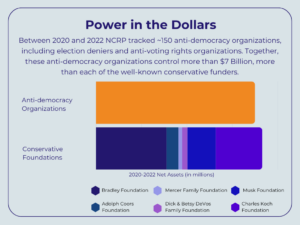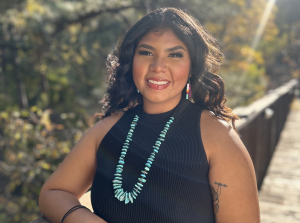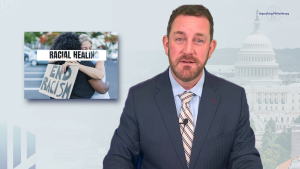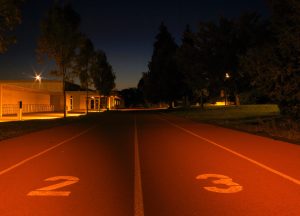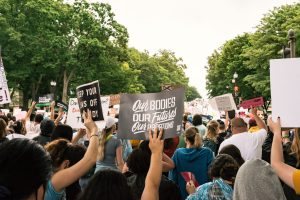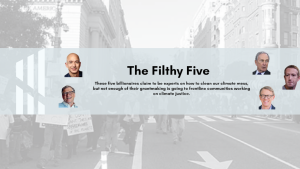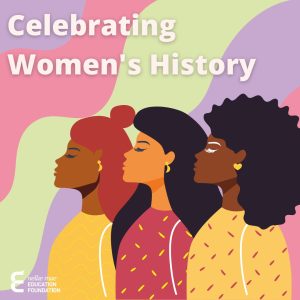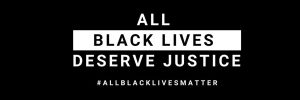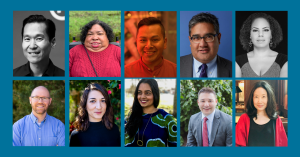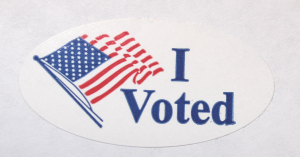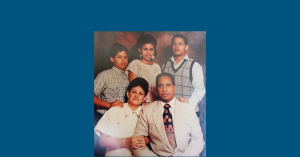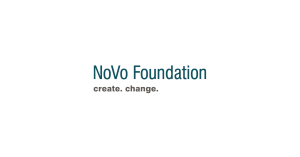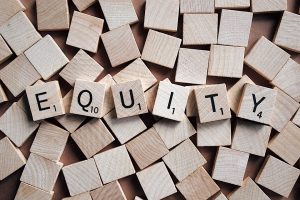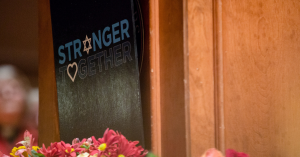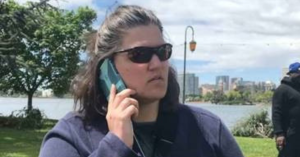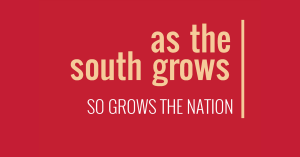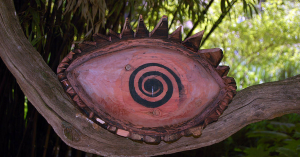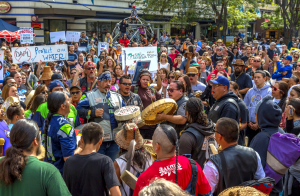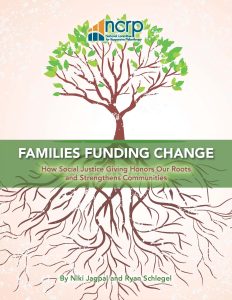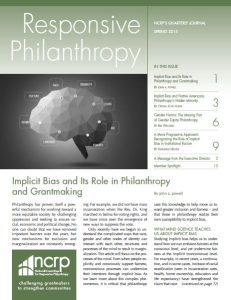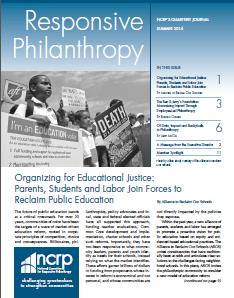In our recently released summer edition of “Responsive Philanthropy,” I wrote about why W.K. Kellogg Foundation (WKKF) believes racial healing can transform the nation and how WKKF is attempting “…to acknowledge the wrongs of the past, while addressing the consequences of those wrongs” through its Truth, Racial Healing and Transformation (TRHT) effort.
The story focused on how leaders in Buffalo, Dallas and Louisiana are implementing TRHT. Chicago is another of TRHT’s 14 sites that sees unique opportunities in this model.
Grace Hou, president of Woods Fund Chicago, believes that TRHT will lead to a change in the outcomes for people of color in the region. Woods Fund has long been committed to prioritizing racial equity, as have their TRHT partners. Terry Mazany of Chicago Community Trust, Angelique Power of Field Foundation and Grace leveraged their relationships to quickly build a 16-person coalition to implement TRHT, and everyone they asked said yes. Grace observed that there is so much despair related to the impact of race on policies and people, and the audacity of this goal represents hope.
I was struck by the powerful cohesion among the coalition that attended the WKKF’s TRHT summit in December 2016, but Grace noted that some of the members who attended had never met before. The convening provided an opportunity to practice and bond using the head and heart model that reflects the pillars of narrative change and healing. The experience changed the way that Grace looked at racial equity work; as a former public policy servant she focused on the data, but didn’t always bring enough of her own vulnerability to the work. She said, “Digesting our own roles and figuring out how others can be brought to the table is important.” Now she believes that engaging the head and the heart can capture people who understand the data, and compel them to commit to the marathon of addressing structural racism.
The “Travelers,” as the coalition calls itself, met in January with other Chicagoans in the WKKF network. They did a healing circle to establish a strong relationship among themselves, and then worked together to host a city wide day of healing on April 4th with about 150 people. Now, with the TRHT grant they are hiring staff to coordinate design teams for narrative change, racial healing, and law and policy. Grace noted that it can be risky for a private foundation to lead a process that requires such vulnerability, but it is worth the risk.
Despite the optimism surrounding THRT from grant recipients in the 14 sites, each person acknowledged serious obstacles. One criticism is that TRHT, and specifically “racial healing,” is not systemic. Grace noted that she and others from Chicago were skeptical at the beginning of the summit with the framing of healing. But she believes that everyone who experiences healing circles can immediately understand their value. Now she, her colleagues in Chicago and leaders in the other sites are committed to supporting and modelling the healing practices that have the potential for lasting transformation in our communities.
How does your institution explore the risks of vulnerability and collaboration in your practices and grantmaking? How have you incorporated an honest acknowledgement of historical wrongs in your work? Share with us and your peers on Twitter and Facebook.
Jeanné Isler is NCRP’s vice president and chief engagement officer. Follow @j_lachapel and @NCRP on Twitter.


